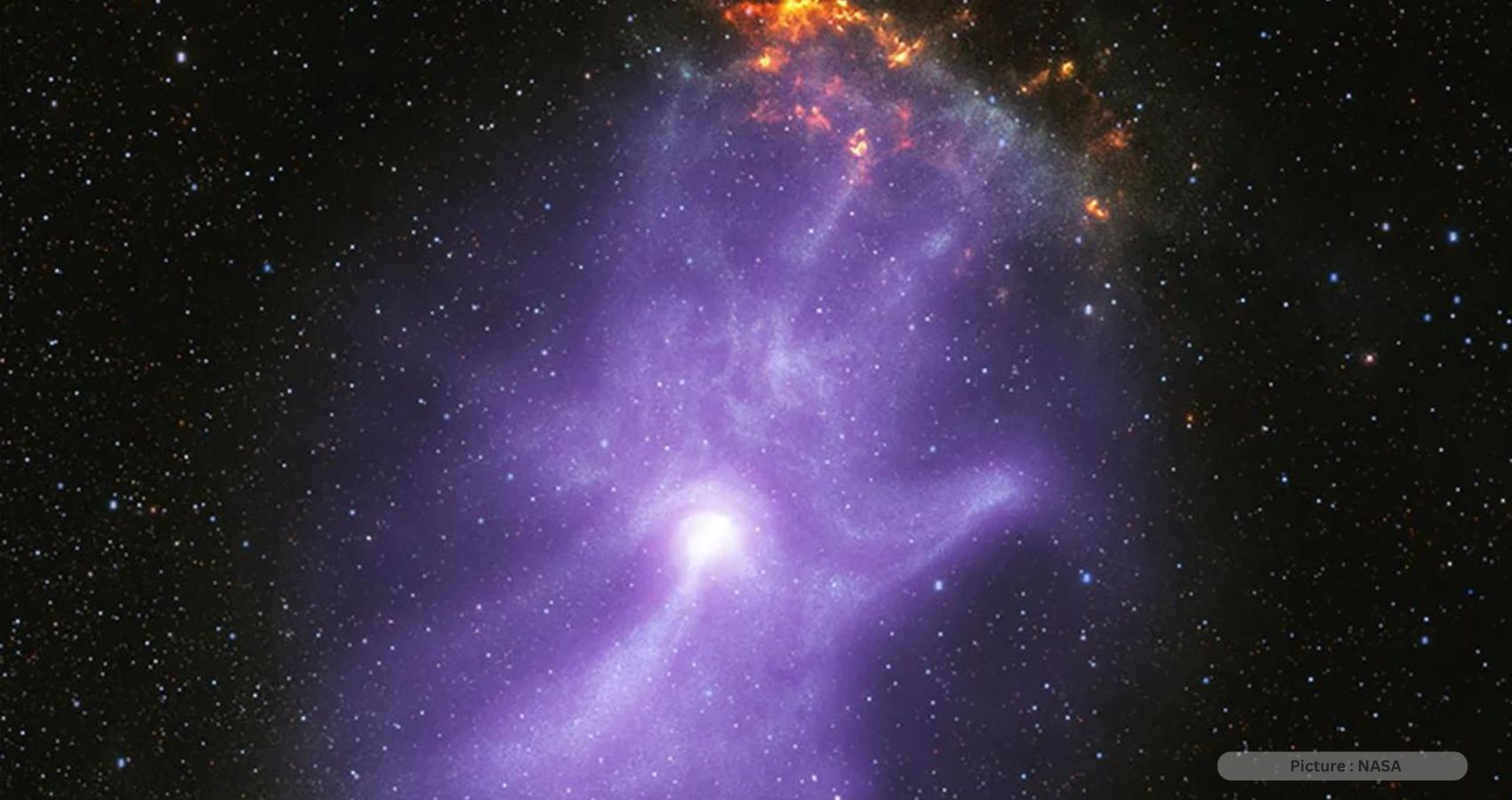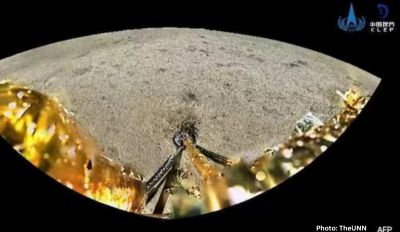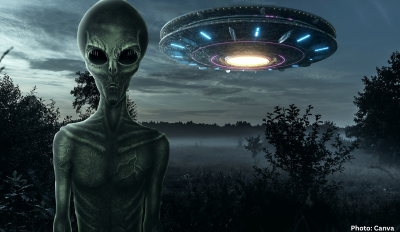The universe is a vast realm of enigmatic wonders, and as Halloween approaches, NASA has uncovered some eerie cosmic phenomena. From a haunting “face” on Jupiter to a ghostly skeletal hand-shaped nebula, these celestial discoveries are sending shivers down the spines of stargazers.
Jupiter’s Eerie ‘Face’
NASA’s Juno mission, which has been orbiting Jupiter and its largest moons since 2016, recently completed its 54th close flyby of the gas giant on September 7. During this pass, Juno’s JunoCam instrument captured stunning images of Jupiter’s northern regions along the terminator, the line that separates the day side from the night side.
In these images, observers with vivid imaginations may detect what resembles a Picasso-like face emerging from the turbulent atmosphere. This phenomenon, known as pareidolia, occurs when viewers perceive familiar shapes and objects in random patterns. The raw data from this flyby, publicly available on the JunoCam website, was meticulously processed by a citizen scientist named Vladimir Tarasov. The close proximity of Juno, approximately 4,800 miles (7,700 kilometers) above the planet’s cloud tops, allowed for a dramatic interplay of sunlight and shadows, enhancing the eerie appearance of this celestial face.
X-Rays Reveal Celestial Bones
Over a century ago, physicist Wilhelm Röntgen pioneered the use of X-rays to image the bones of his wife’s hand in 1895. Now, two X-ray telescopes have unveiled the “bones” of a luminous hand-shaped cloud that originated from the aftermath of a collapsing star.
This cloud of gas and dust, a nebula known as MSH 15-52, formed 1,500 years ago when a massive star exhausted its nuclear fuel and collapsed. Situated a staggering 16,000 light-years from Earth, the nebula boasts a remarkable history. When the star underwent its collapse, it left behind a dense remnant, a neutron star. Neutron stars that rotate rapidly and possess powerful magnetic fields are classified as pulsars. These pulsars emit energetic jets and powerful winds, giving rise to this particular nebula.
In 2001, NASA’s Chandra X-ray Observatory initially observed the pulsar, identified as PSR B1509-58, located at the “palm” of the hand-shaped nebula. A distinct jet emerging from the pulsar can be traced down to the “wrist.”
Mapping a Nebula’s Magnetic Field
Fast forward over two decades, and NASA’s Imaging X-ray Polarimetry Explorer (IXPE) embarked on a 17-day observation campaign of the nebula. Launched in December 2021, IXPE recorded its most extended observation period to date. The findings of this operation were recently published in The Astrophysical Journal.
Lead study author Roger Romani, a professor of physics at Stanford University in California, explained, “The IXPE data gives us the first map of the magnetic field in the ‘hand.'” He continued, “The charged particles producing the X-rays travel along the magnetic field, determining the basic shape of the nebula, like the bones do in a person’s hand.” This observation revealed the unique capability of IXPE to identify regions within the magnetic field where particles in the nebula are accelerated by turbulence.
As we approach Halloween, these otherworldly discoveries remind us that the cosmos is a realm of both beauty and mystery, offering glimpses of the extraordinary, even in the farthest reaches of space.











